#nazaruk
Explore tagged Tumblr posts
Photo

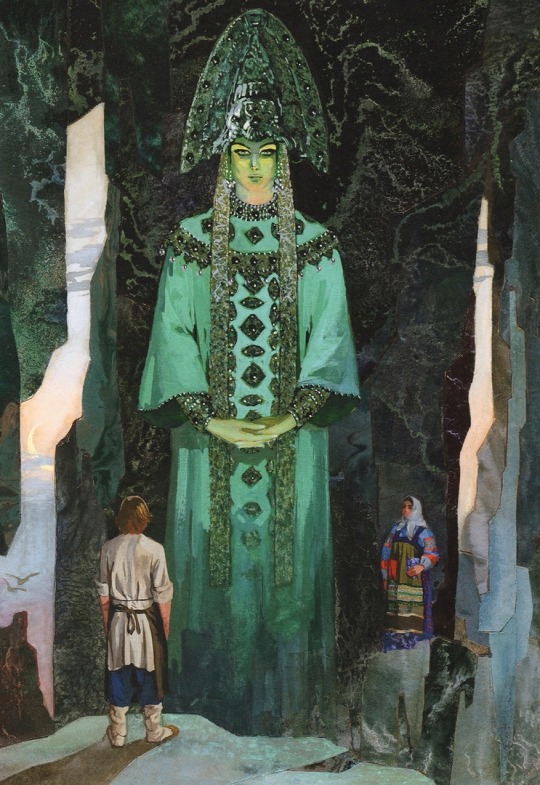
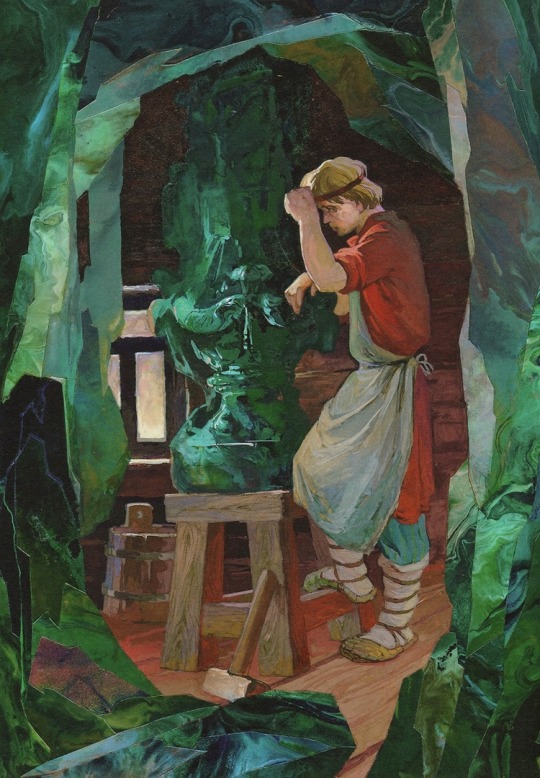
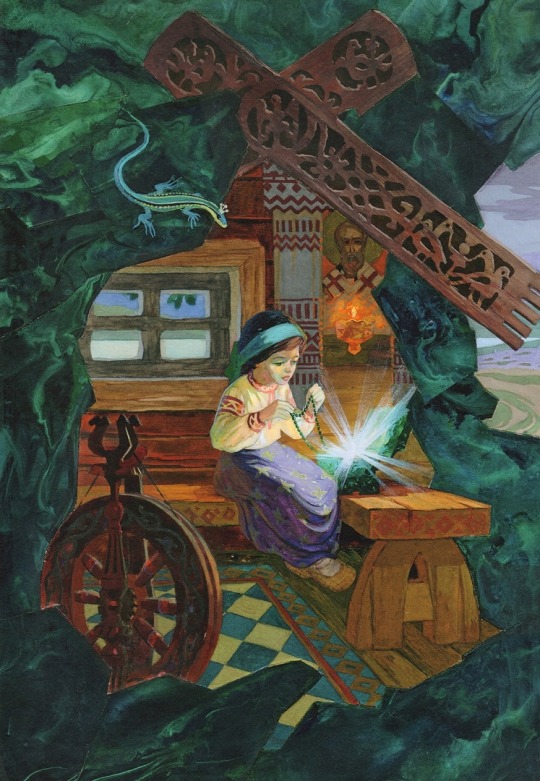


Illustrations for the Ural tales P. Bazhov by V. Nazaruk
Иллюстрации для уральских сказов П.Бажова от В.Назарук
#Illustration#art#bazhov#ural#nazaruk#fairy tales#иллюстрация#сказки#павел бажов#назарук#урал#искусство
220 notes
·
View notes
Photo
Russian Fairytales


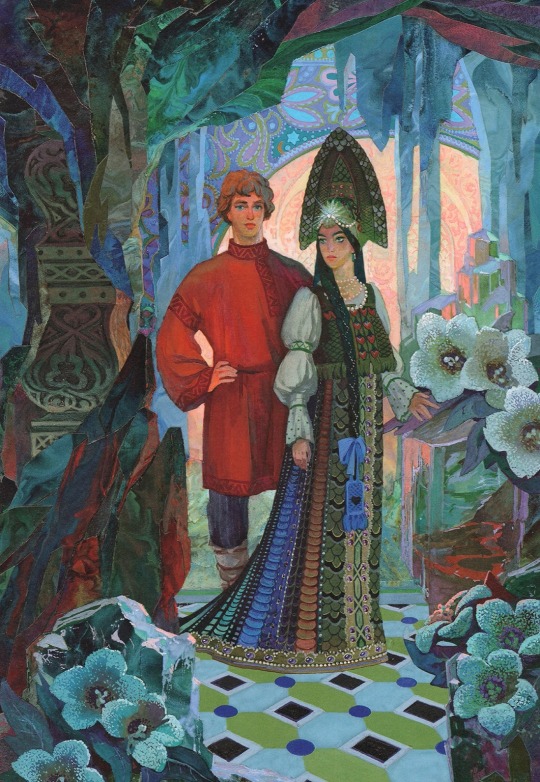
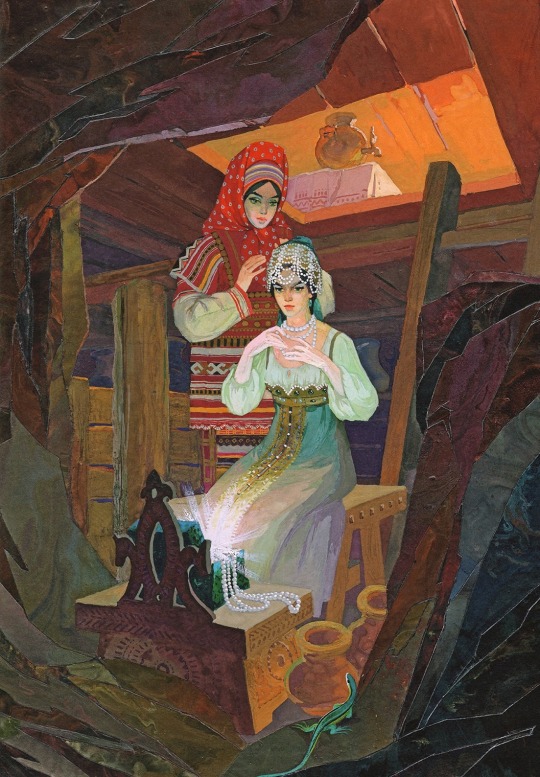

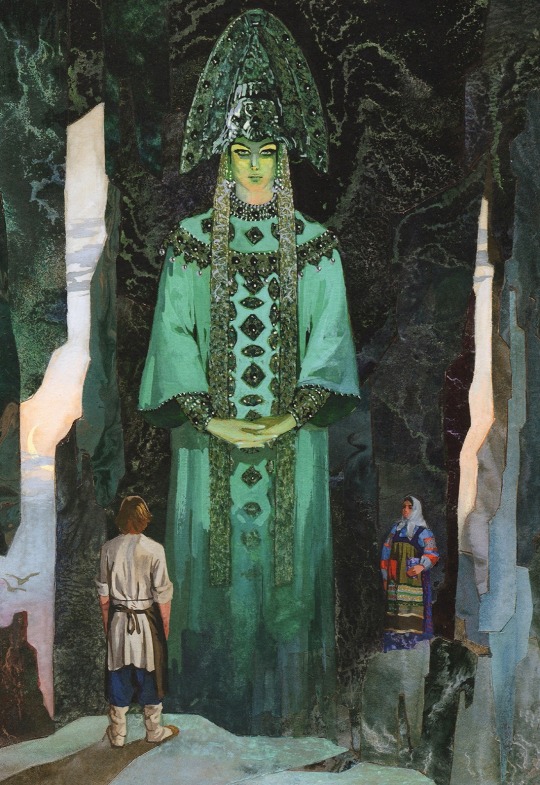
Illustrations for Ivan Bazhov’s fairytales by Vyacheslav Nazaruk
4K notes
·
View notes
Text




Vyacheslav Nazaruk (1941- )
0 notes
Text

Vyachevslav Nazaruk • Illustration from The Malachite Casket
886 notes
·
View notes
Photo


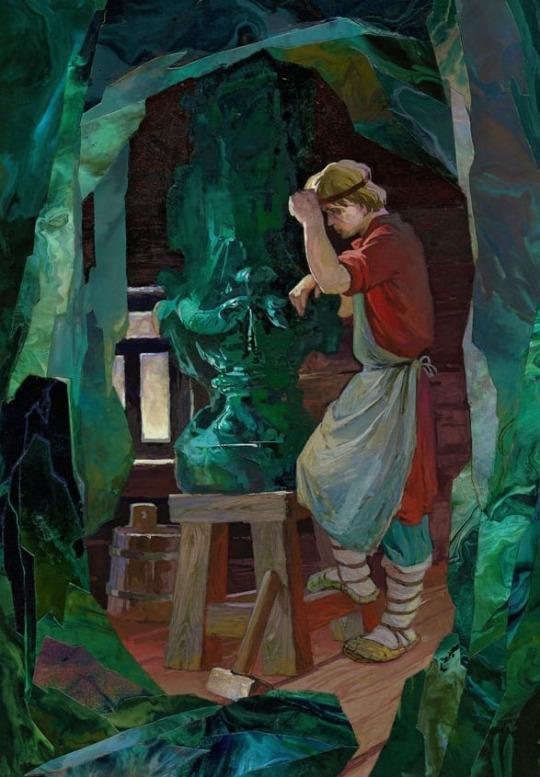

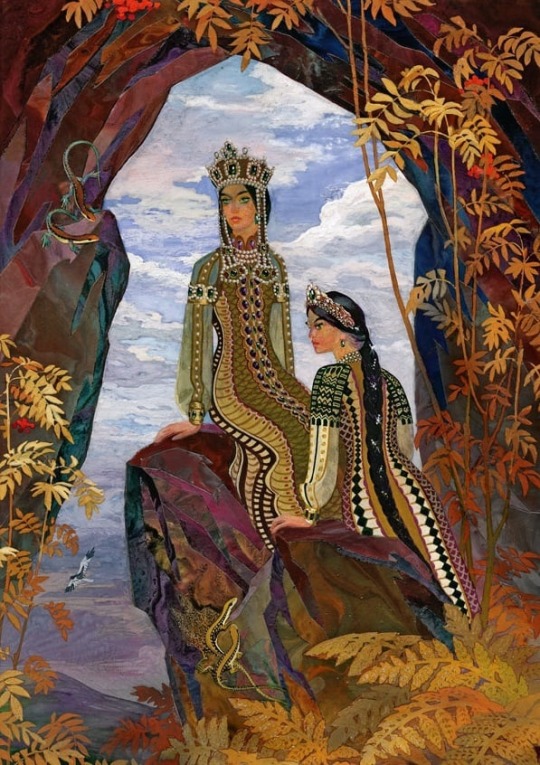

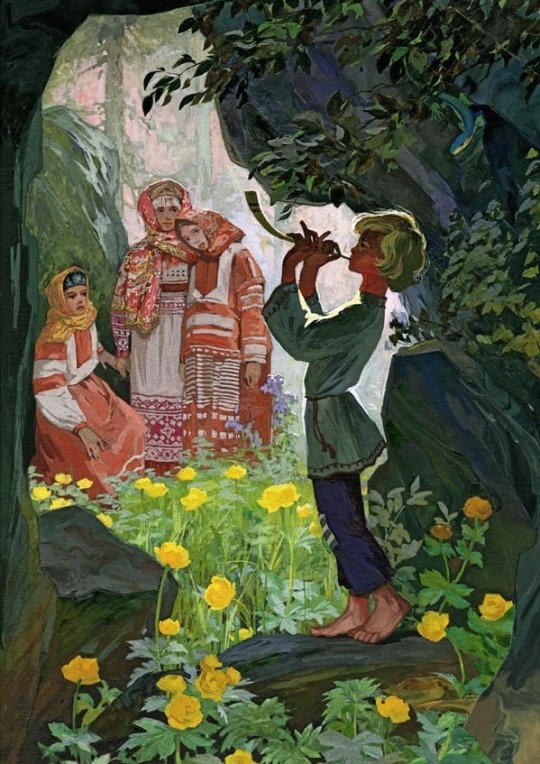

Vyacheslav Nazaruk. Illustrations for Pavel Bazhov tales (1970s).
3K notes
·
View notes
Text
McCabe didn’t know it at the time, but the yeshiva was a famed Jewish house of study in Poland before the Holocaust. And there in her hands, she held rare fragments of a world ruptured by her grandfather’s army.
In a speech that turned shaky and trailed into tears, McCabe said, “These cards are neither a gift nor a donation. I am simply bringing home Holocaust loot.”
Before World War II, Lublin was a vibrant center of Jewish culture in Poland dating back to the 16th century. A large share of the city was always Jewish, roughly one-third ��� or 40,000 people — when the Nazis invaded.
The Nazis turned Lublin into a center of mass extermination, killing 99% of its Jews and eradicating symbols of Jewish culture.
“We have so little left of the yeshiva,” Nazaruk told the Jewish Telegraphic Agency. “We know so little about how it actually functioned. You couldn’t find such documents in the Lublin archives, regarding the yeshiva — everything was destroyed.” Until McCabe arrived in Lublin, she didn’t know the cards were such a precious remnant of the city’s Jewish heritage. But for much of her life, the pile of papers in her cupboard weighed on her.
The postcards are not only meaningful for descendants who look up Lublin online. Agnieszka Litman, a 30-year-old dance teacher in Lublin, said the city’s tiny Jewish community holds few traces of the past.
As her grandfather’s generation passes on, Litman worries about how Lublin Jews will continue to learn about their history and remain a community. Already, they often go unacknowledged as a minority — many residents of Lublin don’t even know that Jews still live there.
23 notes
·
View notes
Text

Tales of Pavel Bazhov illustrated by Vyacheslav Nazaruk
65 notes
·
View notes
Text


"Tales of Pavel Bazhov" illustrated by Russian artist Vyacheslav Nazaruk
11 notes
·
View notes
Text
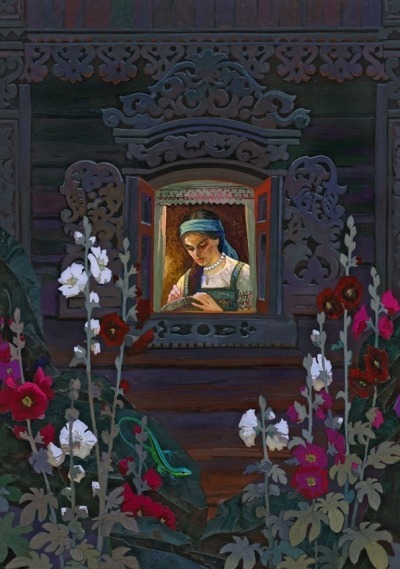
Vyacheslav Nazaruk. Illustration for Pavel Bazhov tales (1970s).
via sovietpostcards
5 notes
·
View notes
Text
Partnership between Dr Marcin Nazaruk and maritime professionals to enhance safety and minimise risks
Renowned industrial psychologist Dr Marcin Nazaruk has partnered with the UK P&I Club to equip maritime industry professionals with proactive learning techniques to minimise risks and incidents. As part of this partnership, the proactive learning expert Dr Nazaruk will spearhead a new training program that equips members with the skills and tools necessary to integrate the Learning from Normal…
0 notes
Text








The Tale of Tsar Saltan - V.M. Nazaruk
Xeo ¯³ on X: "The Tale of Tsar Saltan - V.M. Nazaruk https://t.co/76DYD49AtN" / X
0 notes
Text
People type their most private fears and immediate needs into Google’s search box. For Ukrainians battered by more than a year of war, what they dread and desire—at least as indicated by their searches—has not changed much since the conflict began.
After Russia’s full-scale invasion began in February 2022, Ukrainians turned to Google Search for instructions on building bomb shelters and turning on notifications for incoming bombs, according to the company’s search trends database. Data from recent weeks show that protective structures and gear continued to be top of mind, reflecting the constant danger of bombardments.
Ukrainians’ desire to understand technologies involved in the conflict also has stayed strong. Where a year ago Ukrainians wanted to learn about Swift, the banking system that the West blocked Russia’s access to, they now research weapons, asking “What is a ballistic trajectory?” One query has been trending all of the past year: “When will the Ukraine war end?”
To Simon Rogers, a former journalist who leads Google’s efforts to help media analyze search trends, the data from Ukraine is unique because it is the first time sustained conflict has ravaged a modern, internet-rich country. Google’s data show that the web has been both a utility and an escape for Ukrainians over the past year, at once keeping them safe and distracted.
A wider portrait of how Ukrainians responded to the Russian attack, and how their feelings evolved over time, could emerge from video footage, Telegram chat logs, and other online data being saved by historians from the US to Ukraine. Early review suggests they too show a populace caught in the deadly flux of modern warfare, trying to turn panic into action.
It wasn’t long after war broke out on February 24, 2022, that historians and military experts started calling the role of the internet unprecedented for a large-scale battle. Russia used social media to spread its propaganda in Ukraine and sympathetic countries around the world. Face recognition technology trained on images from Russian social media helped identify dead soldiers, and Google Maps and satellite imagery enabled ordinary citizens to track troop movements. Crowdsourcing and bullying through social media helped inspire a corporate exodus from Russia.
“This is the first war with Wi-Fi in every trench,” says Oleg Rogynskyy, the Ukrainian founder of San Francisco sales software startup People.ai. “World War I–style trench warfare with 3,500 Starlink internet satellites in the air. Every soldier is a content creator, and the amount of content being created is just tremendous.”
Researchers jumped on the moment. In March 2022, Harvard University’s Ukrainian Research Institute began compiling a digital archive that includes news, Twitter, and Telegram posts about the war. A consortium of human rights and humanitarian groups says it is gathering audio and video from Ukraine in part to provide evidence of war crimes but also to simply “tell the world what it’s like to live through this war.” A women-led group calling itself Dattalion, a combination of data and battalion, says it is capturing photos and videos so that atrocities carried out by the enemy are remembered.
Beyond those purposes, each of the digital databases also could be mined to track what Ukrainians caught in the conflict cared about through the war. Taras Nazaruk, head of digital history projects at the Center for Urban History of East Central Europe in Lviv, Ukraine, has been leading a project downloading conversations from Telegram, the chat app popular among Eastern Europeans. It captures posts from government officials and large groups, which provide a more ground-level view of the war’s effect on everyday life in Ukraine.
Ukrainians turned to Telegram seeking help locating missing relatives, identifying soldiers, tracking Russian troop movements and war crimes, and making calls to action for supplies, weapons, and even hacking skills, according to the history center’s project. People shared petrol and housing availability on Telegram. They posted reports about life under Russian occupation and how to escape.
Misinformation flowed widely, including a case in which a Russian propagandist falsely claimed that trains were not operating, hoping to keep Ukrainians in place ahead of a Russian attack, according to an early analysis by the center. Other Russian-run channels sought to share propaganda about how Russia would improve life for Ukrainians.
The project is for now primarily focused on collecting and preserving data. No one has analyzed what the conversations are like today in comparison to a year ago, but several reports are expected to flow later this year from the Telegram archives. “Hopefully, it would be a valuable source on various aspects of wartime reality in Ukraine,” Nazaruk says.
Google’s Rogers says it was natural to look back on Ukrainians’ search history at the one-year mark of the war. He says it can provide an unvarnished look at the priorities of people caught in the conflict, because unlike with social media posts, people don’t generally curate their search queries to present a particular image.
Rogers says that what he has found in the Ukraine search trends resembles patterns from other crises his team has studied, whether the onset of Covid-19 or the US withdrawal from Afghanistan. “We’re always looking for the common things that are popping up,” he says. “I wouldn’t say there’s a science behind it.”
Those common themes include understanding, planning, and hope. People want to get a lay of the land, and they quickly want to take action. Google’s search trends data, which is publicly accessible, does not reveal the most popular queries. Rather, it shows searches that the company calls “breakouts,” which saw a large spike in traffic over a sustained period. Rogers’ team monitors which of the breakouts are accelerating the fastest.
Trending questions in Ukrainian on Google in January this year besides “What is a ballistic trajectory?” included “How many tank squadrons?” and “Who died in Brovary?” (The latter refers to a helicopter crash that killed 14 people, including a government minister. Its cause remains under investigation.) “The whole country was rapidly educated on military, on first aid” when the war started, says Rogynskyy, the Ukrainian entrepreneur. “The whole country has been at arms ever since.”
Ukrainians this year have been wondering about electricity outages, how to connect to Starlink internet satellites, and even “when there will be an earthquake in Ukraine,” a Google query that spiked after a magnitude 7.8 earthquake tore through Turkey last month killing over 45,000 people.
Entertainment and hope appear to find their way into the trends, too. For a period after it debuted in February, the controversial new Harry Potter video game Hogwarts Legacy became a more popular search topic in Ukraine than the war. Rogers says happiness has become a “breakout search topic” in Ukraine this year.
Ukrainian president Volodymyr Zelensky hit an upbeat note in his speech commemorating the one-year anniversary of his country’s renewed conflict with Russia. “We didn't know what would happen tomorrow, but we realized for sure: Every tomorrow is worth fighting for!”
Rogers wonders how long Ukrainians will keep up their interest in war-related news. Safety and security remain vital. But the path the conflict takes could allow some residents to more readily get on with their lives. In other countries, initial surges in interest about the fighting in Ukraine never returned after they tapered off not long after the fighting began, according to Google’s data. Whatever it is that Ukrainians do search for, message about, or post about will be archived and analyzed in the years to come.
1 note
·
View note
Text




The Tales of Pavel Bazhov (1989)
Full set of 16 postcards of illustrations for Bazhov's famous tales of the Ural Mountains: The Malachite Box and The Mistress of the Copper Mountain. Artist Vyacheslav Nazaruk.
Size 10.5 × 15 cm. Very good condition.
Price $16 + $9 shipping Sold
Message me! Other items in my shop. I combine shipping. How to buy.
128 notes
·
View notes
Photo
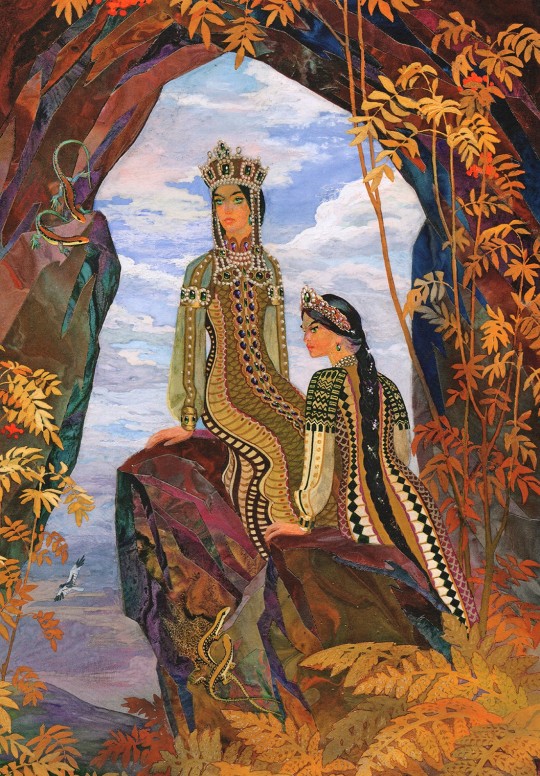

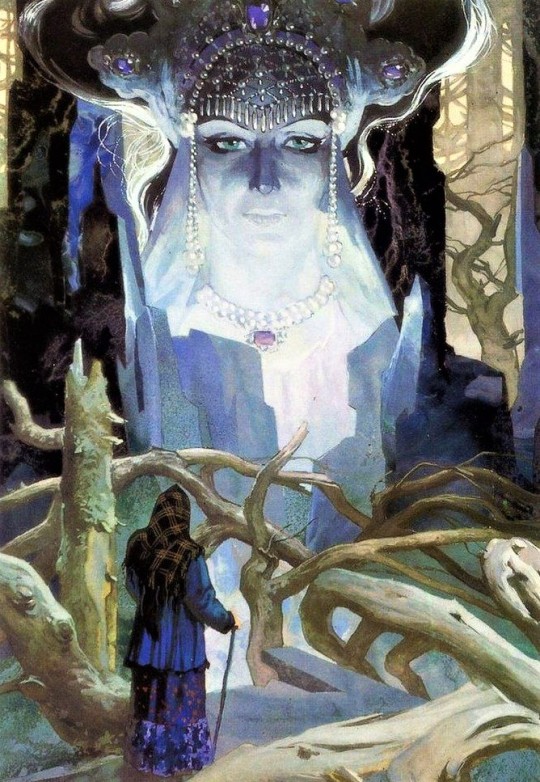


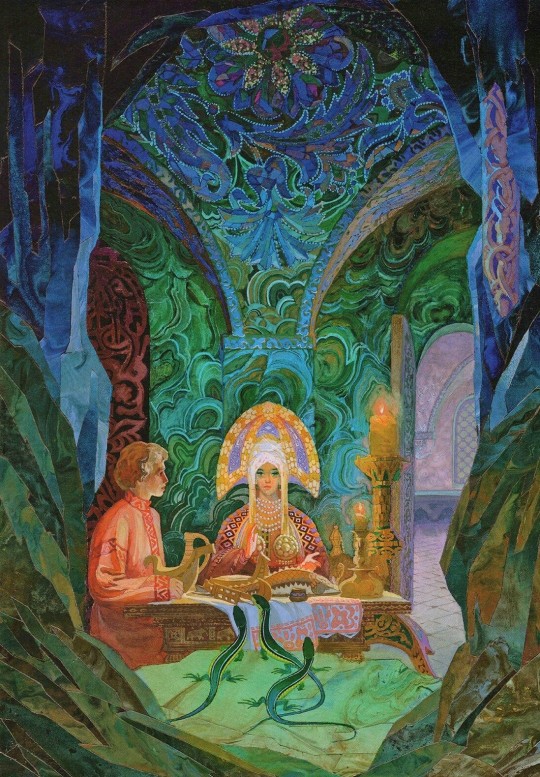
Vyacheslav Nazaruk (Russian,b.1941)
Illustrations for Pavel Bazhov’s “The Malachite Box”
2K notes
·
View notes



